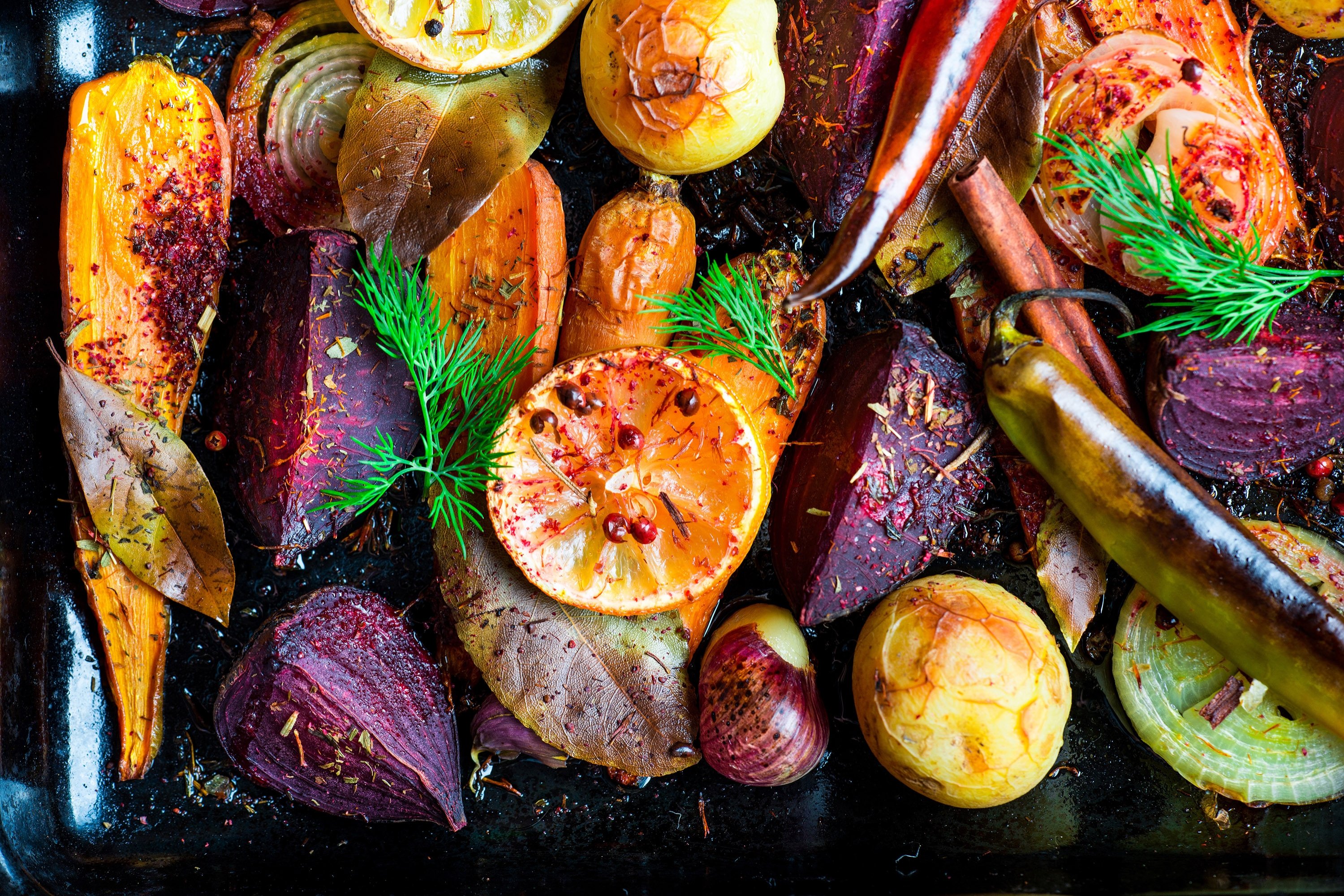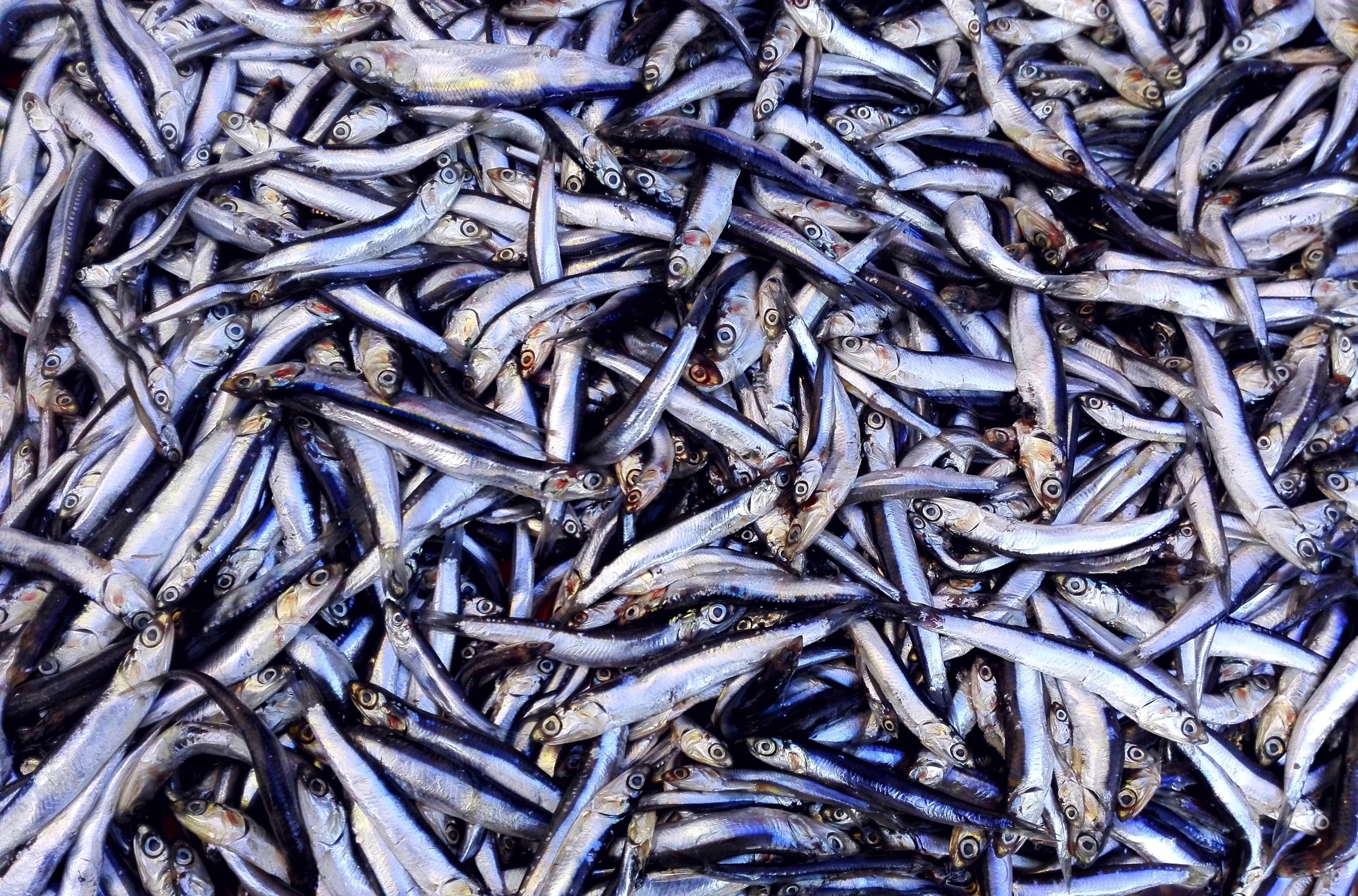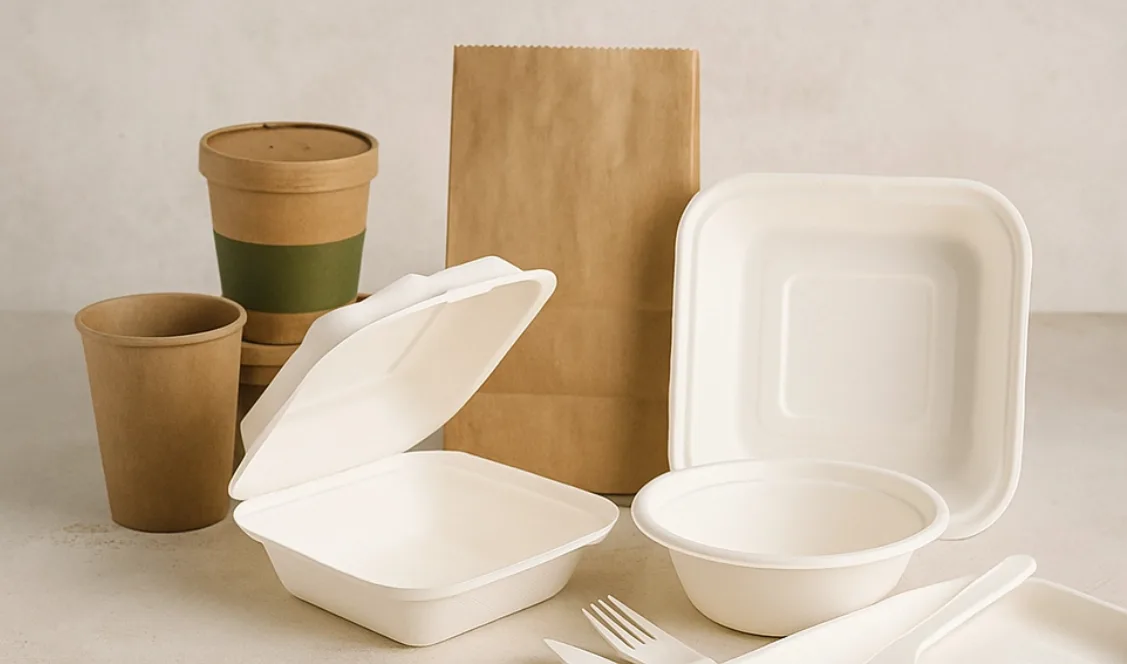November food items: The fruits, veggies and fish to eat in period in Turkey
When one speaks of fruits and veggies, most of the time our brain wanders to the abundance of juicy and colorful create lining stalls in spring and summer time, but the final month of tumble, November, also has sizeable gems to provide – specifically if you are privileged more than enough to live in Turkey. Right here are some of the foodstuff properly in time that you can enjoy even in the cooler months.
Fruit
The final remnants of grapes can be witnessed adorning some bazaars, but that tremendously is dependent on the region you stay in. In southern regions, you are going to nevertheless be able to see them on stalls well into slide, in contrast to in the northern locations.
You know summer season is close to its close when you see tangerines popping up on the stalls. These small vitamin C bombs are a excellent snack, in particular for the young ones.
With Thanksgiving right close to the corner, we shouldn’t ignore one more fruit signaling the start out of tumble: apples. Even though there are a range of apples, you should continue to keep in head that the sour sort is the finest kind for any apple dessert you approach on baking.
Yet another pop of color in any bazaar or grocery is Turkish bananas. Bananas do really develop in Turkey, and the nearby range is a bit more compact in sizing than the imported ones you could be utilized to. Of system, feeding on them new is usually the very best option, but in these months, you could want to indulge in earning some banana bread or some yummy (and balanced) granola bars to snack on when the hunger pangs hit.
A different star but really a headache to clear up is the pomegranate. The abundant taste are unable to be denied in any salad or the like.
Other fruits that are in season are pears, grapefruit, rosehip, quince and lemons.

Veggies
Very little screams slide and Thanksgiving louder than pumpkin. Be it for a soup, a pie or other yummy food, this a little sweet vegetable retains on supplying.
Root vegetables are also in season – think carrots, turnips, radishes and beets. Each individual has its own exclusive taste, and I am specifically satisfied to get my fingers on some good, deep red beets to cook them and try to eat them just like that. Almost nothing appears to be more fall-ish than a beet, if you inquire me.
Cauliflower is one more vegetable that goes well with rather a several dishes. The German side in me instantly thinks of creamy cauliflower gratins. Or for a naughtier get, just dunk the minimal cooked florets into salty pancake dough and fry them. Serve with some garlic yogurt.
Celery and leeks are terrific for any vegetable dish and include a dose of taste. In point, this is the finest time to get some. Obtain in bulk when dirt low-priced, wash well, chop them up and toss them into the freezer. If you team them into a very good blend of veggies, you will get the best foundation for any vegetable broth or soup.
Past but absolutely not the very least is cabbage. Any color, purple or white, has a lot to offer you in terms of nourishment and taste. A single specifically great dish is white cabbage rolls, and the recipe is at the finish of this report.
Fish
With the arrival of September, fish year formal begins in Turkey, and in a country practically completely surrounded by the sea, it would be a disgrace not to have at minimum a taste of the distinct types of fish that are offered. One particular large as well as when residing in Turkey is that for a small cost or in some cases for free, fish sellers do most of the cleaning of the fish for you. With that assistance helpful, you will not be equipped to make excuses that cleaning the scales and guts can make the property scent like fish.
The most broadly-recognised and cherished fish is a Black Sea classic called “hamsi” in Turkish. Recognized as Anatolian anchovies in English, this type of fish is generally involved with the Black Sea but can be observed in the Marmara Sea as effectively. There is a slew of diverse ways this tiny fish can be organized – from at minimum two diverse pilaf variations to applying them in an unorthodox veggie fish pancake.
Turkish mezgit is called equally whiting and haddock in English, with the latter currently being meatier. No make any difference the sizing of the fish, it is incredibly gentle in taste and very velvety. The only issue is that this softness can build a slippery problem while cleansing it. If you have family customers or mates that are not that into fish, this is a fantastic alternative to start with.
Palamut is a tuna-like fish and the Turkish name for the Atlantic bonito, or at minimum the closest fish in its family members. This fish is ordinarily a bit meatier and bigger than mezgit and is fantastic for grilling or baking in the oven. Frying is, of class, generally an possibility, but it is usually best to fry smaller sized, significantly less meaty fish.
Gilt-head bream (or sea bream), identified as “çipura” in Turkish, has a distinct taste than palamut and scaled-down bones which can be a little bit bothersome for some eaters.
Levrek (seabass) and uskumru (Atlantic mackerel) are two other fish styles that are best to get pleasure from in this cold time as properly.

How to make cabbage rolls
As pointed out over, almost nothing feels a lot more like tumble than cabbage rolls. While not restricted to Turkey, these rolls can be identified really substantially all in excess of the earth and can be savored with the two meaty and vegetarian fillings. Right here is our recipe, which is vegan!
Substances
- 1 medium-sized cabbage
- 300 grams rice
- 2-3 onions
- fifty percent a bundle of parsley
- 2 tablespoons tomato paste
- vegetable oil (ideally olive)
- salt, purple pepper flakes, black pepper and mint (to flavor)







Instructions
Peel off the leaves of the cabbage and boil them in salty h2o for two to a few minutes to soften them up. Do not enable them boil for much too long or else they will slide apart. They should be malleable but not too really hard. Permit them drip off on the side.
Chop the onions and saute them in a pot with some oil. At the time they have softened, incorporate just one tablespoon of the tomato paste and increase the rice in as properly. Cook dinner them for a couple minutes. Incorporate about 100 milliliters of h2o (about 1/2 cup), the spices and the chopped parsley, and cook right up until the rice has absorbed the water.
Based on the measurement of your cabbage leaves, you may well want to halve them or even quarter them. Place a tablespoon of the filling inside of (or a lot more if you would like the rolls to be greater) and roll them up, building absolutely sure to fold in the sides after your to start with roll so the filling isn’t going to escape. When inserting them into a pot, make guaranteed to first place just one or two leaves at the quite bottom and then start off adding the rolls all close to the pot, packing them as tightly as achievable.
Dependent on how higher the rolls attain in the pot, you’ll want to adjust the amount of sauce you will make when cooking. Dilute one tablespoon of tomato paste with enough drinking water and pour it into the pot, producing certain it is just shy of covering the rolls. The rolls must not be swimming in the saucey h2o. Insert about five or 6 tablespoons of oil and a dash of salt as the finishing contact as you allow them cook.
Close the lid and provide the pot to a boil on substantial warmth. Lower the heat just after it starts effervescent and cook dinner the rolls until eventually the rice and cabbage leaves have softened. This might acquire about 15-20 minutes or longer relying on the thickness of the cabbage leaves.




